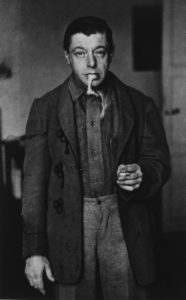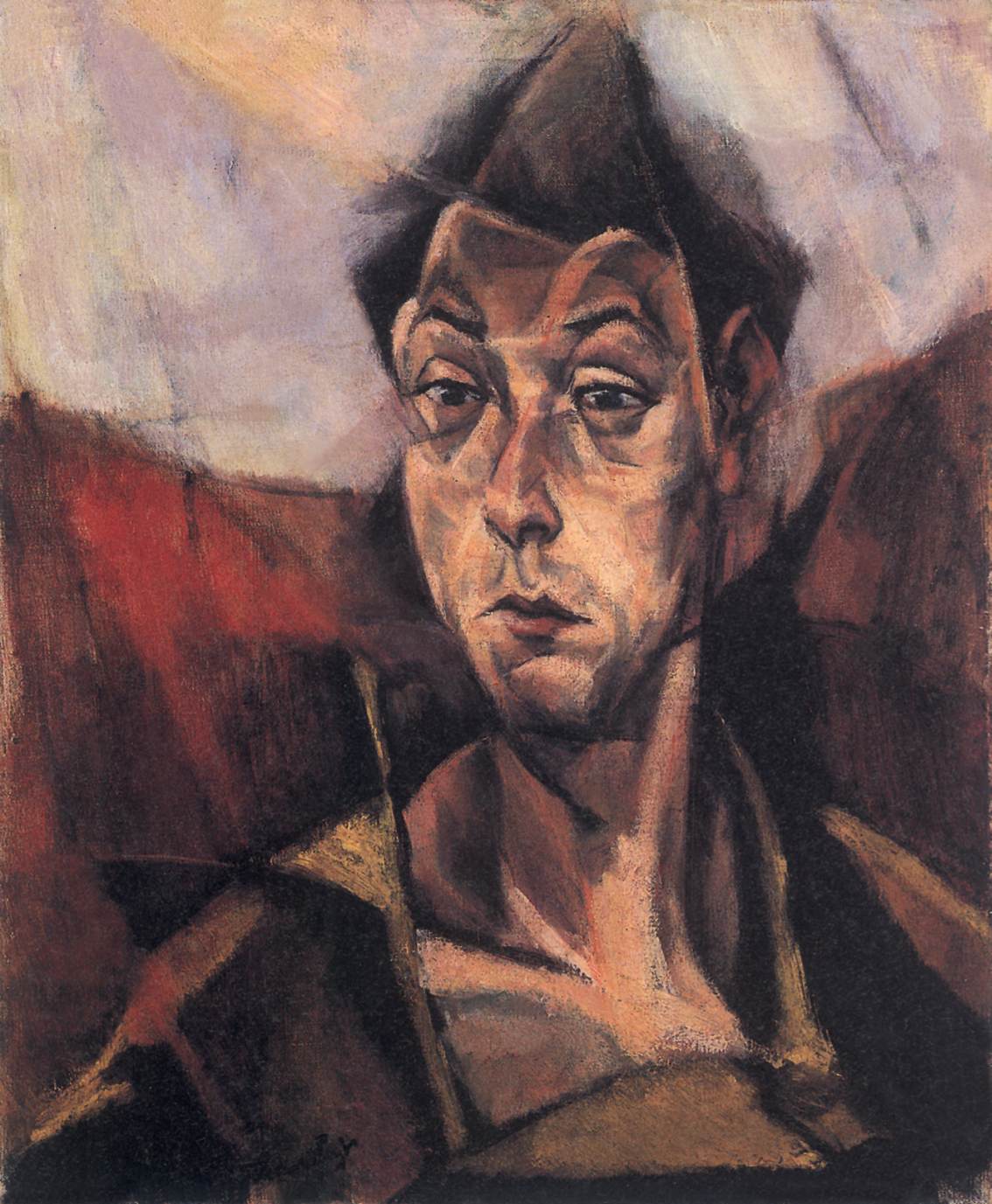
1885 - 1938
Tihanyi Lajos
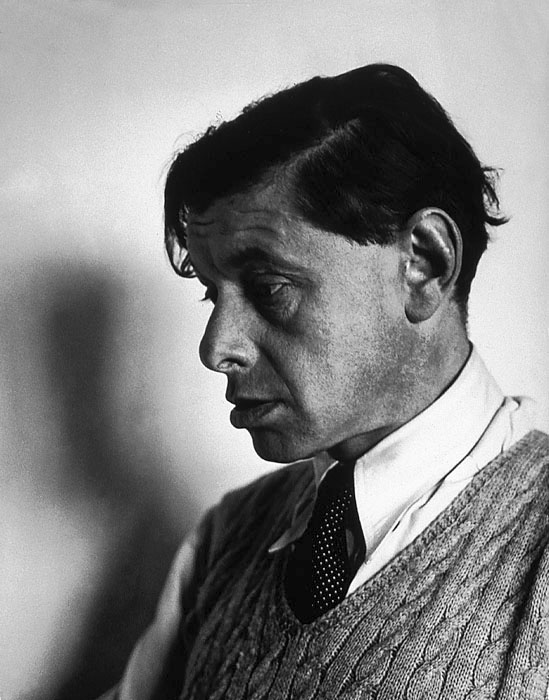
description
Hungarian avant-garde artist, who lived and worked in France for many years and became a part of the Paris School of Painting.
He began his creative career as a realist, close to naturalism. He was born into the family of the owner of the famous cafe “Balaton”. At the age of 11, he became deaf because of meningitis and was forced to abandon his studies at the gymnasium, graduating only after 4 classes. He inherited his artistic talent from his mother. He studied at the Székesfehérvár Industrial School of L. Telegdi and J. Böhm (1903-1905) and in private schools. Later, studying objectivity tension and applying a variety of innovative techniques, he came to more thematically emotional painting, the form of which was more vanguard. In his motherland, he was a member of such progressive associations of masters of fine arts as HIRC (Hungarian Impressionists and Naturalists Circle) and “Nyolcak” (“The Eight”). In Paris, Lajos Tihanyi was one of the representatives of the international group “Abstraction-Création”, which actively worked between 1931 and 1936. Paintings exhibited not only in Budapest, but also in Europe (Vienna, Berlin, Paris) and the United States. They are now in several museums and galleries around the world.
Key ideas:
– Such works as “Still Life with a Blue Bottle” and “Budapest”, were written in the style of Cezanne: clear expressive contours of objects, three-dimensional white drapery, “look from above” at houses. Lajos’ paintings reveal a complete understanding of Cezanne’s principles: the composition is formed logically; each object visually corresponds to its mass and thoughtfully fits into space.
– The influence of Expressionism can be clearly seen traced in painting “The Village of Centaurs”, demonstrated at the exhibition of the 8th National Salon in Budapest in 1912. The movements of mythical characters and the painting itself are extremely emotional, and the lines are thrilling and disquieting. The artist keeps these features in his version of the analytical, and then synthetic Cubism.
– The artist created a large number of remarkable portraits of his contemporaries. In the article about Tihanyi, L. Kassak notes: “portraits reflecting the deep secrets of the soul, with a pervasive sense of character, are of great value in our contemporary painting.” At the same time, the author himself refused to depict the portrayed as “internally spiritual” and claimed that it was only “building of an image” and that he was only interested in colors and lines.
– The initial desire of the artist was actually to “design the image, formally find color and compositional solutions, but the talent of the master revealed the secrets of the human soul.
– By the end of the 1920s, the plots and landscapes of the master became more and more similar to abstract compositions. The artist paid considerable attention to color solutions and a harmonious combination of elements constituting either an abstract or constructivist image.
1885
1907
1909
1910
1913
1914
1916
1919
1924
1926
1929
1930
1938
The birth
Made a short study tour to Paris
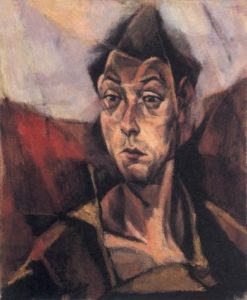
For the first time, he exhibited three of his paintings
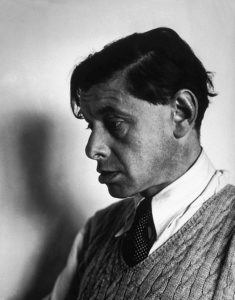
Tikhanyi participated in the exhibition of the 8th National Salon in Budapest
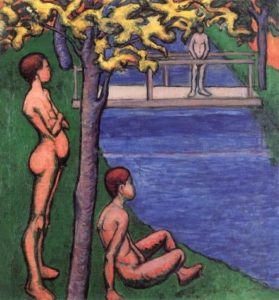
The artist's works were shown at two exhibitions of Art House
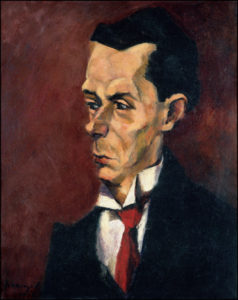
In the Hungarian debut in Vienna, the organizers excluded the works of Tihanyi
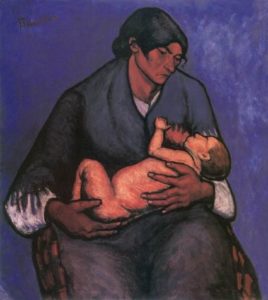
Painted portraits
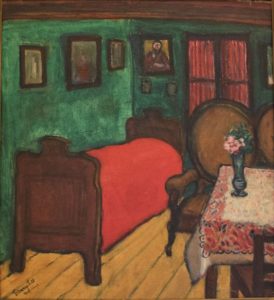
Participated in the work of the cadastre of the Council of Hungary
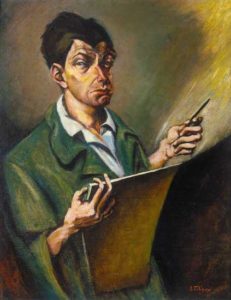
The personal exhibition
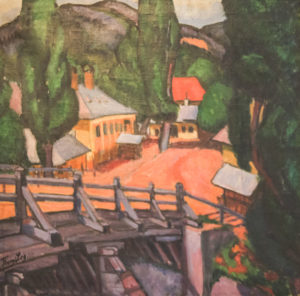
At the 5th exhibition of Salon du Franc, the artist presented several paintings
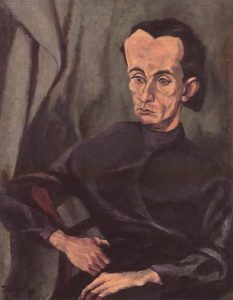
Exhibited several paintings in the Brooklyn Museum
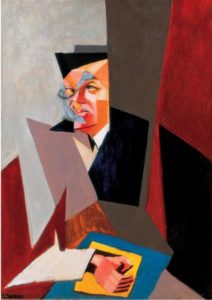
He continued exhibition activities
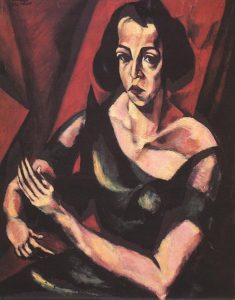
The death
